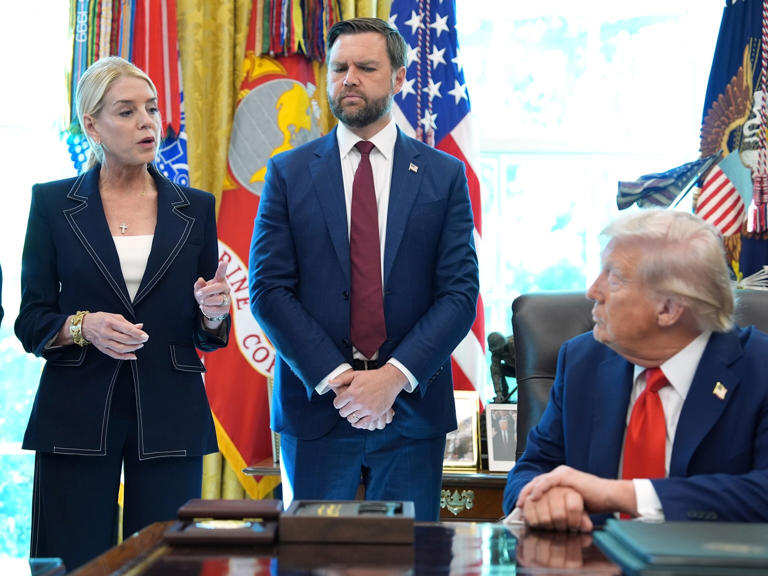
POLITICS
Incitement or Expression? Trump’s Push to Criminalize Flag Burning Meets Constitutional Roadblocks
BY ASEL SOLIMAN
ON August 26, 2025
Number of Views: 2 Views
WRITTEN BY
Asel Soliman
Popular Posts
-
Incitement or Expression? Trump’s Push to Criminalize Flag Burning Meets Constitutional Roadblocks
POLITICS - Aug. 26, 2025, 12:45 a.m.
-
Double strike on Gaza's Nasser hospital leaves journalists and rescouers dead
POLITICS - Aug. 26, 2025, 12:34 a.m.
-
Understanding the Refugee Crisis: Stories, Struggles, and Solutions
CULTURE - Aug. 24, 2025, 5:28 a.m.